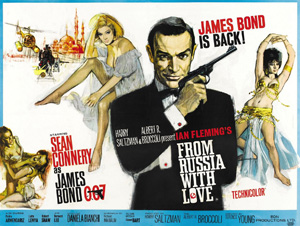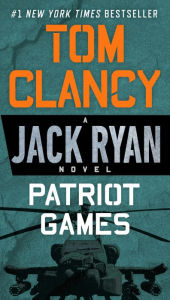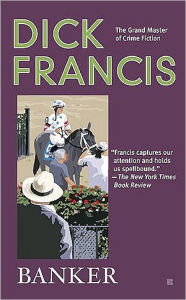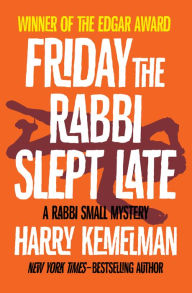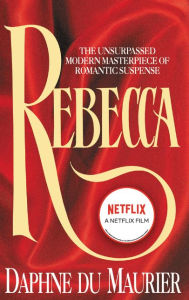Last around in the rotation I talked about the famous coincidence of Abraham Lincoln and Jefferson Davis having been born one year and one hundred miles apart. Then I hinted at another, similar historical coincidence that began in the Caribbean. I said:
"Two men, born on adjacent Caribbean islands, within five miles of each other, their birth places separated only by a shallow, two mile-wide stretch of ocean known as "The Narrows." Both of these men were born out of wedlock to members of their respective island's planter class. Both of their fathers were British-born and raised, coming out to the 'Sugar Islands' seeking their fortunes.'
"Both of these men early demonstrated so much native intelligence that they were sent abroad (One to England, the other to New York City) to receive an education superior to the one they could have received at home.'
"Both of these men became very successful in both business and politics. They were both products of slave-holding societies during the 18th century, and it was on the subject of slavery that these two men could not have been further apart. One of them, impressed by the writings of Enlightenment philosophers on the subject, became a confirmed abolitionist at a time when it was rare for a gentleman, even those who found slavery distasteful, to express an interest in completely destroying the practice.'
"The other inherited his father's sugar plantation back home, and owned slaves until the very day the practice was abolished.'
"Oh, and there was one other area in which the two men vastly differed. Ethnically. One was Scottish and English, and the other was the half-Welsh son of a plantation owner and one of his black slaves, and thus born into slavery himself.'
"Care to guess which one was the abolitionist, and which one was the slave-owner?"
(You can read the entire post here.)
I even tossed in a photo showing both islands:
 |
Dale, who is apparently quite the aficionado of All Things Caribbean, also correctly identified the two islands in question (and in the above picture) as St. Kitts and Nevis Island, which are bound together politically, despite the Narrows channel that runs between them.
They and several others were quite right that Hamilton was the one who went on to become an abolitionist. And for the record, Hamilton is the one who was not born a slave. His father was Scottish and his mother English.
Perhaps the most impressive thing about Alexander Hamilton's odyssey from an undistinguished birth on a tiny island in the Caribbean to social prominence and tremendous wealth during his later years in New York City, is the way he got from Nevis to New York.
Conceived out of wedlock to a married woman of mixed English, French and possibly Jewish descent and her lover, the wastrel fourth son of a Scottish laird, Hamilton was born in January, 1757, in Charlestown, the capital of Nevis Island. He was the couple's second son.
The family moved around a lot. To Dutch-owned St. Croix, and back to Nevis, then again to St. Croix, where, after the boys' father ran off, their mother Rachel, set up and ran a store.
Because his mother had never divorced the husband she's abandoned to run off with the elder Hamilton, both Alexander and his elder brother, James Jr., were born without legal status ("bastards"). This played hell with the boys' inheritance when Rachel died.
Alexander was just thirteen, and James a couple of years older. Their father had run off years before, and everything their mother owned was seized by her husband, the man she had never divorced. They were fostered out to a series or neighbors and relatives, and because they were born out of wedlock, not allowed to join the Church of England, and as a further result, had never been allowed to attend the local church school.
 |
| Alexander Hamilton Aged 13 |
They received spotty private tutoring while their mother was alive. James, the elder brother, was eventually apprenticed to a carpenter. Young Alexander was adopted by a merchant back on Nevis who may or may not have been his real father. He clerked in his adopted father's shop, continued to read widely, and eventually wrote several pieces for the local newspaper that so impressed his neighbors in Charlestown, that they took up a collection to pay for the boy's education.
In 1772, aged fifteen, Alexander Hamilton left home for a "grammar" (preparatory) school in New Jersey. Two years later he would enter Kings' College in New York City (modern-day Columbia University).
Up to that point, and for the rest of his life, he never owned slaves.
Which leads us back to the other member of our mystery twosome. Let's start with a name: Nathaniel Wells; a birthdate: September 10, 1779; and a birthplace: his Welsh-born father's plantation on St. Kitts. The baby boy's mother was a slave named Juggy.
Nathaniel's father William Wells was the scion of a wealthy Cardiff family, who came to the Caribbean and made his fortune as a slave trader (he eventually left the slave trade and invested that income in a large plantation that made him even more money). When his wife died shortly after their arrival on St. Kitts, the elder Wells began having relationships with his slaves. Juggy was the first, and Nathaniel was his eldest child. He eventually sired six in all, freeing them and their mothers and making sure they had an income to provide for them.
Where Alexander Hamilton had a hardscrabble childhood with very little in the way of fatherly influence in his life, Wells, born a slave, was freed by his father after he turned four, sent to England to be educated (at his father's expense) in London. William Wells had notions of sending Nathaniel to Oxford, but died before he could realize that dream.
Nathaniel Wells inherited the majority of his father's considerable estate, both at home in Wales and on St. Kitts. He used part of his inheritance to acquire a considerable amount of property in Monmouthshire, including a huge mansion in the Wye River Valley called Piercefield House.
Wells put down roots and settled in to the role of prosperous country squire, serving a Warden for his local Anglican church (no talk here of excluding him from church membership because of his bastard status), and as a Justice of the Peace. He served for twelve years as High Sheriff of Monmouthshire (1818-1830), held a lieutenant's commission in the local militia (only the second black man to serve in that capacity in the King's military forces).
 |
| Nathaniel Wells' seal. We have no extant likeness of him. |
And it's not as if Wells was (to use the popular African American term) "trying to pass." "Mr Wells is a West Indian of large fortune, a man of very gentlemanly manners," one of his neighbors wrote of him, "but so much a man of colour as to be little removed from a Negro."
So here he was, "a man of colour," living the life of an English country squire. Making plenty of money off of his sugar plantation on St. Kitts, like so many other absentee landlords of the period.
And not freeing a single one of his slaves.
And while Wells never actually returned to the Caribbean, nor personally mistreated the hundreds of human beings he owned over the course of three decades, it would be foolish to assume that means his slaves were well treated. In fact, the plantation was run by an overseer on Wells' behalf, and it is well-documented that the plantation slaves were not spared the lash one iota during Wells' stewardship.
In fact, when emancipation came to St. Kitts, along with the rest of the territories controlled by the British Empire, in 1832, Wells, like every other landlord on the island, refused to free his slaves, illegally keeping them in servitude until the Crown negotiated the terms of compensation for every slave to be freed throughout the empire.
This didn't happen until 1837. FIVE years after the initial decree of manumission!
Wells made a tidy sum off of his freed slaves, and continued to prosper until ill health caused him to retire from public life in the early 1850s. He sold his estate at Piercefield and moved to Bath, again because of his health. He died in 1852, the terms of his will provided that his holdings be divided among the twenty-two children his two marriages produced.
Two of his sons grew up to be clergymen. His eldest son, Nathaniel Armstrong Wells *1800-1846), was one of them, and a famous author during his time, celebrated for writing about his travels in Spain.
If he recorded any thoughts on his father's origins as a slave and subsequent conduct as a slaveholder, they have not survived.
As for the magnificent estate house at Piercefield, it has fallen into ruin, with only the exterior walls still standing. The estate itself is now the site of the Chepstow Racecourse.
How's that for a legacy?
 |
| Piercefield today. |







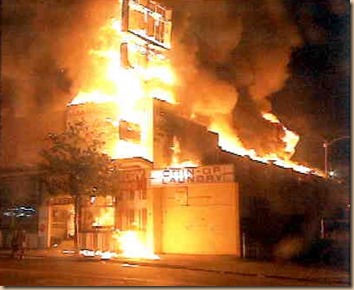


![Pageflex Persona [document: PRS0000037_00019] Pageflex Persona [document: PRS0000037_00019]](https://lh3.googleusercontent.com/-tBvblFi__wE/VdKEoL-amJI/AAAAAAAACi8/qTtahUcJZ7w/Vortex-Kindle-Cover-FD3_thumb.jpg?imgmax=800)



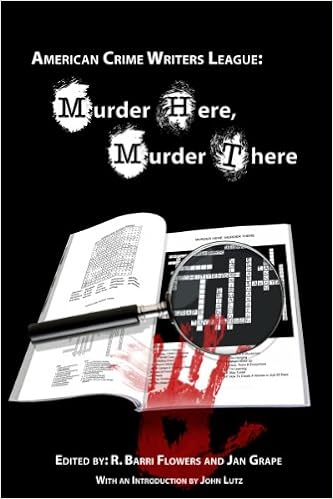


)





